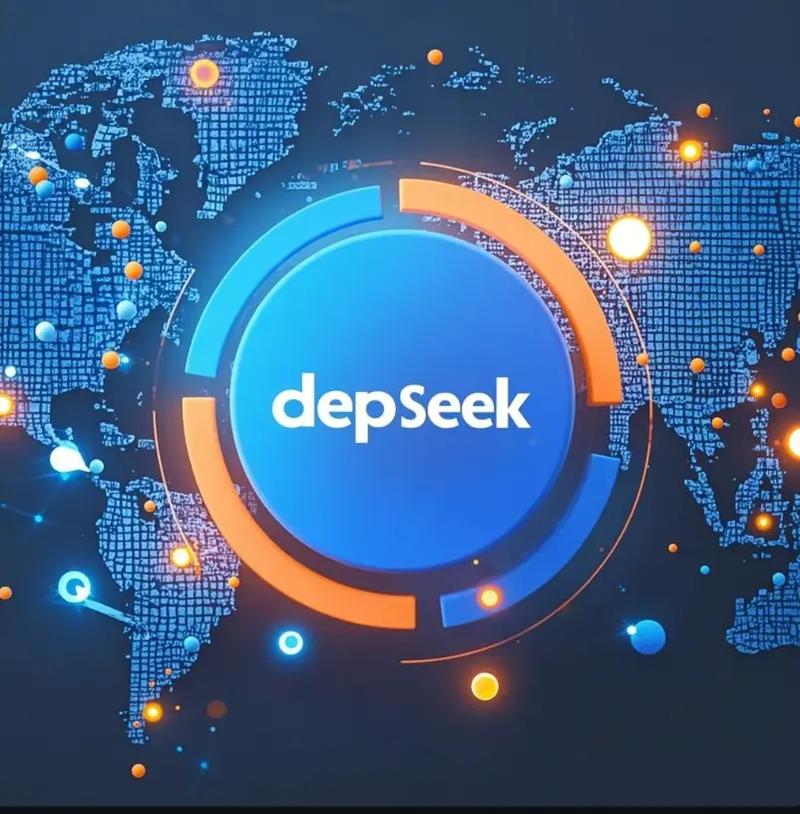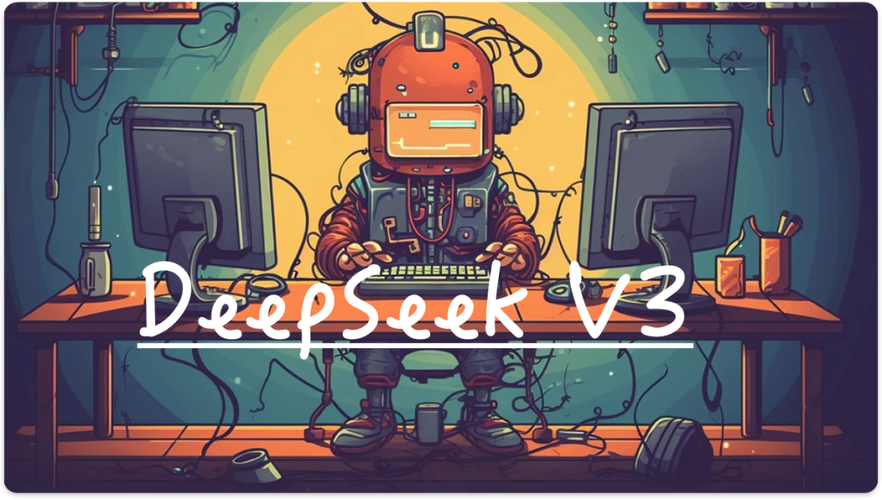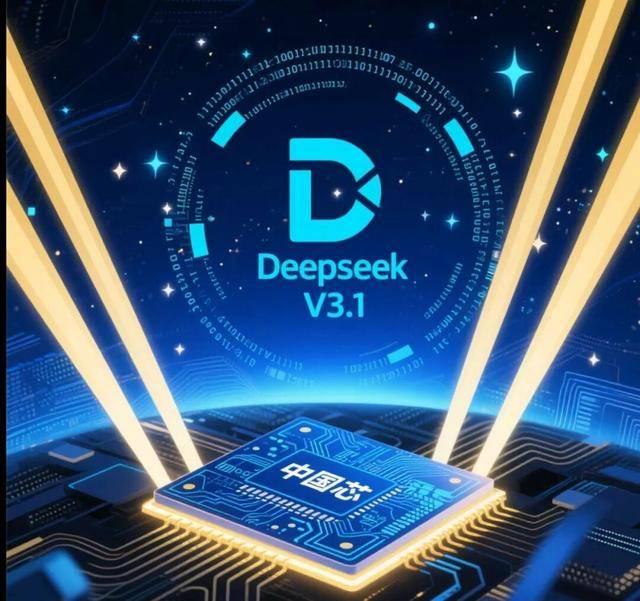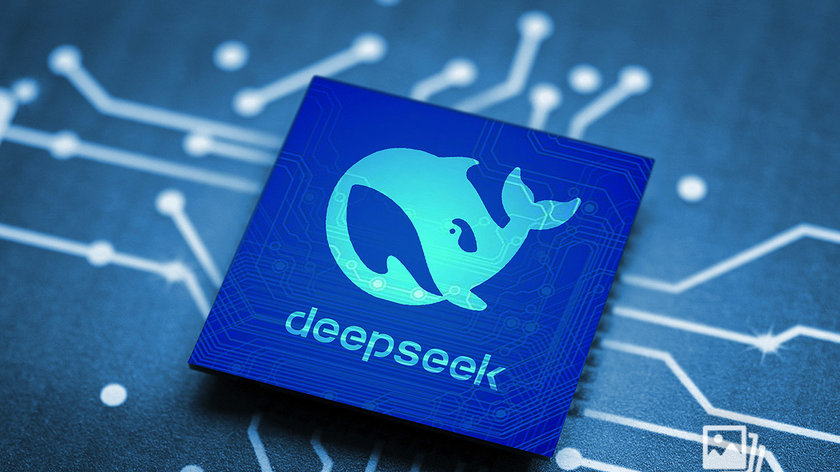Deep Dive into DeepSeek-V3: Scaling Challenges and Hardware Considerations in AI Architectures
Introduction
The rapid evolution of large language models (LLMs) over the past five years has pushed both algorithmic innovation and hardware infrastructure to their limits. Models with hundreds of billions of parameters are no longer outliers but have become the benchmark of state-of-the-art (SOTA) natural language processing (NLP) systems. However, the exponential growth of these models exposes critical bottlenecks in today’s hardware, such as limitations in memory capacity, computational efficiency, interconnect bandwidth, and energy sustainability.
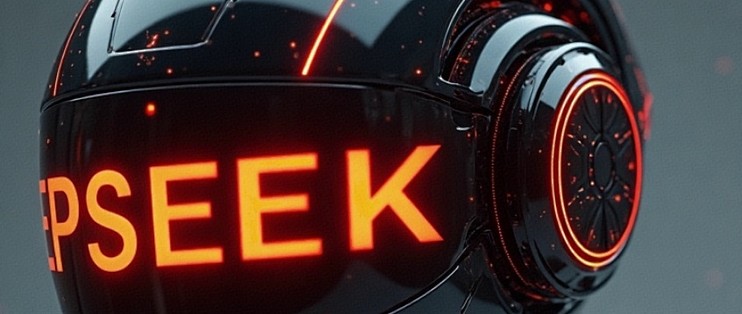
DeepSeek-V3, trained on 2,048 NVIDIA H800 GPUs, stands as one of the clearest demonstrations of hardware-aware model co-design. Unlike earlier generations of LLMs that primarily focused on algorithmic novelty, DeepSeek-V3 emphasizes the interplay between model design and hardware optimization. The result is a system that is not only capable of scaling efficiently but also sets new standards for economic and energy-efficient training and inference at scale.
This article provides an in-depth analysis of DeepSeek-V3’s architecture and training infrastructure, highlighting the innovations that make it possible to push beyond traditional bottlenecks. Specifically, we examine:
Multi-head Latent Attention (MLA) for memory efficiency.
Mixture-of-Experts (MoE) designs that balance computation and communication costs.
FP8 mixed-precision training, which unlocks hardware performance potential.
Multi-plane network topology to reduce interconnect overhead at the cluster level.
We then broaden the discussion to consider the future of AI hardware: emerging low-precision compute units, hybrid vertical and horizontal scaling approaches, and novel communication fabrics designed for low-latency, high-throughput training.
Through this exploration, we aim to demonstrate why hardware–software co-design is not simply an optimization strategy but a foundational principle for the next generation of AI systems.
1. The Scaling Challenges of LLMs
1.1 The parameter explosion
From GPT-2 (1.5B parameters) to GPT-4 (estimated 1T parameters in dense + sparse configurations), the trajectory of LLM growth reflects an exponential increase. DeepSeek-V3 contributes to this trajectory with multi-trillion parameter training regimes (when accounting for MoE gating).
Scaling models in this regime is not simply a matter of adding more GPUs. Every additional layer and parameter increases the demand on three key hardware dimensions:
Memory capacity – Storing model weights, optimizer states, and activations.
Compute throughput – Handling forward and backward passes efficiently.
Network bandwidth – Synchronizing parameters across thousands of accelerators.
Traditional hardware, even cutting-edge GPUs, struggles to balance these competing demands at scale.
1.2 Cost and energy barriers
Training state-of-the-art LLMs is now a multi-million-dollar operation. For instance, GPT-4 training costs were rumored to exceed $100 million, primarily due to compute and energy consumption. Without architectural innovation, future models may become economically infeasible.
DeepSeek-V3 attempts to break this barrier through resource-aware innovation, ensuring that every GPU cycle and byte of memory contributes maximally to learning efficiency.
2. DeepSeek-V3: Architecture and Innovations
2.1 Multi-Head Latent Attention (MLA)
Attention mechanisms, the core of Transformer architectures, are notoriously memory-intensive. In conventional multi-head attention, memory scales quadratically with sequence length, limiting long-context processing.
MLA (Multi-head Latent Attention) introduces:
A latent representation space to reduce dimensionality.
A projection mechanism that approximates attention scores with far fewer intermediate values.
Reduced redundancy across heads through shared latent bases.
Impact:
Memory savings up to 40%, enabling longer context windows (up to 128k tokens in some configurations).
Improved throughput by lowering cache and memory bandwidth pressure.
This makes DeepSeek-V3 particularly efficient for document-scale reasoning, a core demand in enterprise and research applications.
2.2 Mixture-of-Experts (MoE)
MoE has become a cornerstone for scaling without linearly increasing computational cost. DeepSeek-V3 employs a sparsely activated MoE design, where only a small subset of experts are used per token.
Architecture: Thousands of experts are distributed across GPUs, with a gating network dynamically selecting the top-2 experts per token.
Optimization: DeepSeek-V3 integrates load-balancing regularizers to prevent expert collapse (where only a few experts dominate).
Communication strategy: Experts are sharded across GPU groups to reduce cross-node communication, a traditional bottleneck in MoE.
Impact:
Trillion-scale model capacity with compute costs closer to 10–20% of a dense model.
Enhanced specialization of experts, improving downstream generalization in diverse tasks.
2.3 FP8 Mixed-Precision Training
Precision scaling has been one of the most important enablers of LLM training efficiency. From FP32 → FP16 → BF16, each step reduced memory and computation costs while introducing new challenges in numerical stability.
DeepSeek-V3 pioneers FP8 hybrid precision training, supported natively by NVIDIA H800 GPUs:
Weights and activations are stored in FP8.
Accumulations occur in higher precision (FP16/BF16).
Gradient scaling techniques are used to stabilize training.
Impact:
2× improvement in throughput over BF16.
Memory footprint reduced by ~50%, enabling larger batch sizes and faster convergence.
Comparable accuracy to higher precision baselines when carefully tuned.
2.4 Multi-Plane Network Topology
Scaling across 2,048 GPUs introduces communication challenges that often dwarf raw compute issues. DeepSeek-V3 addresses this with a multi-plane network topology:
Intra-plane: Within a cluster of GPUs, fast NVLink/NVSwitch interconnect handles local communication.
Inter-plane: Between clusters, traffic is routed through a hierarchical fabric, reducing all-to-all overhead.
Compression-aware routing: Gradients are compressed before cross-plane transfer, reducing bandwidth requirements.
Impact:
30–40% reduction in cross-node communication latency.
More predictable scaling efficiency, sustaining >80% utilization across 2,048 GPUs.
3. Broader Implications: Hardware–Software Co-Design
3.1 Why co-design matters
Historically, model architecture innovation and hardware development have proceeded in parallel but not in lockstep. DeepSeek-V3 demonstrates that tight integration between the two is no longer optional. Without it, scaling beyond current limits becomes prohibitively expensive.
3.2 Lessons for the industry
Low-precision compute is the future – FP8 is a stepping stone toward FP4 or integer-based training.
Hybrid scaling will dominate – Instead of only adding more GPUs, future designs will integrate vertical scaling (bigger chips) with horizontal scaling (smarter interconnects).
Communication fabrics are bottlenecks – Novel interconnect topologies, possibly optical or photonic, will be critical.
4. Future Directions
4.1 Precision innovations
FP4 or INT8 training could cut costs further, but require breakthroughs in error correction.
Adaptive precision systems may dynamically choose precision based on gradient magnitude.
4.2 Vertical + horizontal scaling fusion
Vertical scaling: Larger monolithic chips with shared memory pools.
Horizontal scaling: Improved cluster-level designs to connect thousands of chips.
Fusion could lead to exascale AI clusters with optimal efficiency.
4.3 Communication breakthroughs
Low-latency fabrics: Exploring chip-to-chip photonics for bandwidth scaling.
Topology-aware scheduling: Mapping model layers to hardware topologies dynamically.
5. Implications for AI Research and Industry
5.1 For academia
DeepSeek-V3 shows how open collaboration between hardware and algorithm researchers leads to breakthroughs. Universities focusing on only one dimension risk missing the bigger picture.
5.2 For enterprises
LLMs are rapidly becoming backbone infrastructure for businesses. Hardware-aware designs reduce training costs, making advanced AI more accessible.
5.3 For policymakers
Energy consumption of AI clusters is now a national infrastructure issue. Co-design strategies like DeepSeek-V3 can help contain carbon footprints while advancing AI capability.
Conclusion
DeepSeek-V3 is more than just another large model. It represents a paradigm shift toward hardware–software co-design in the AI industry. Through innovations like MLA, MoE optimizations, FP8 precision, and multi-plane interconnects, DeepSeek-V3 demonstrates how architectural awareness of hardware bottlenecks enables scaling beyond what was previously thought feasible.
Looking forward, the lessons from DeepSeek-V3 will influence both future AI architectures and next-generation hardware design, ensuring that the growth of AI remains economically sustainable, computationally efficient, and environmentally conscious.
In short, the DeepSeek-V3 case study illustrates that the future of AI will be written not only in algorithms but in silicon, wires, and networks—a future where hardware and models evolve hand in hand.
